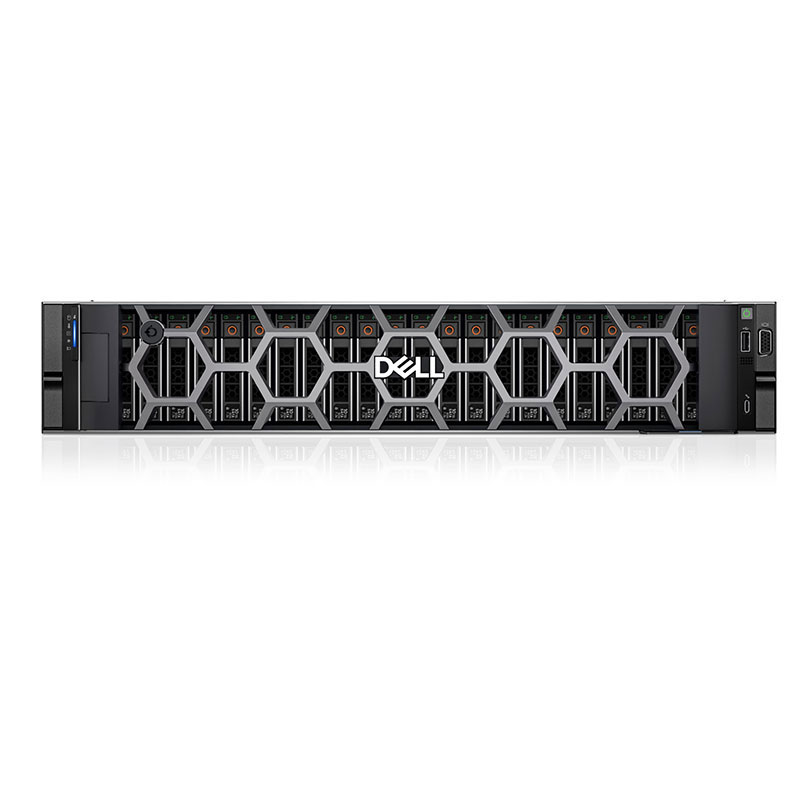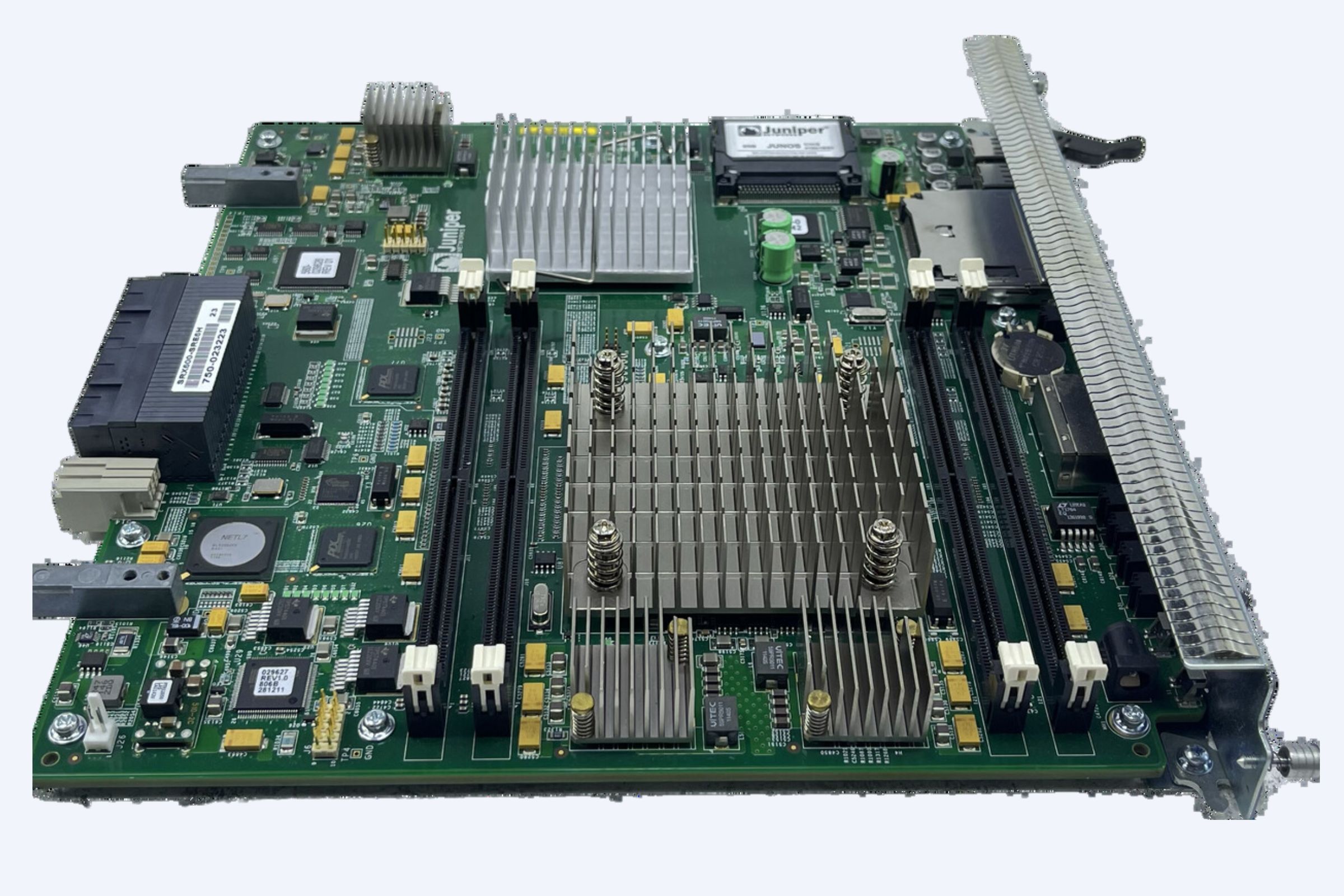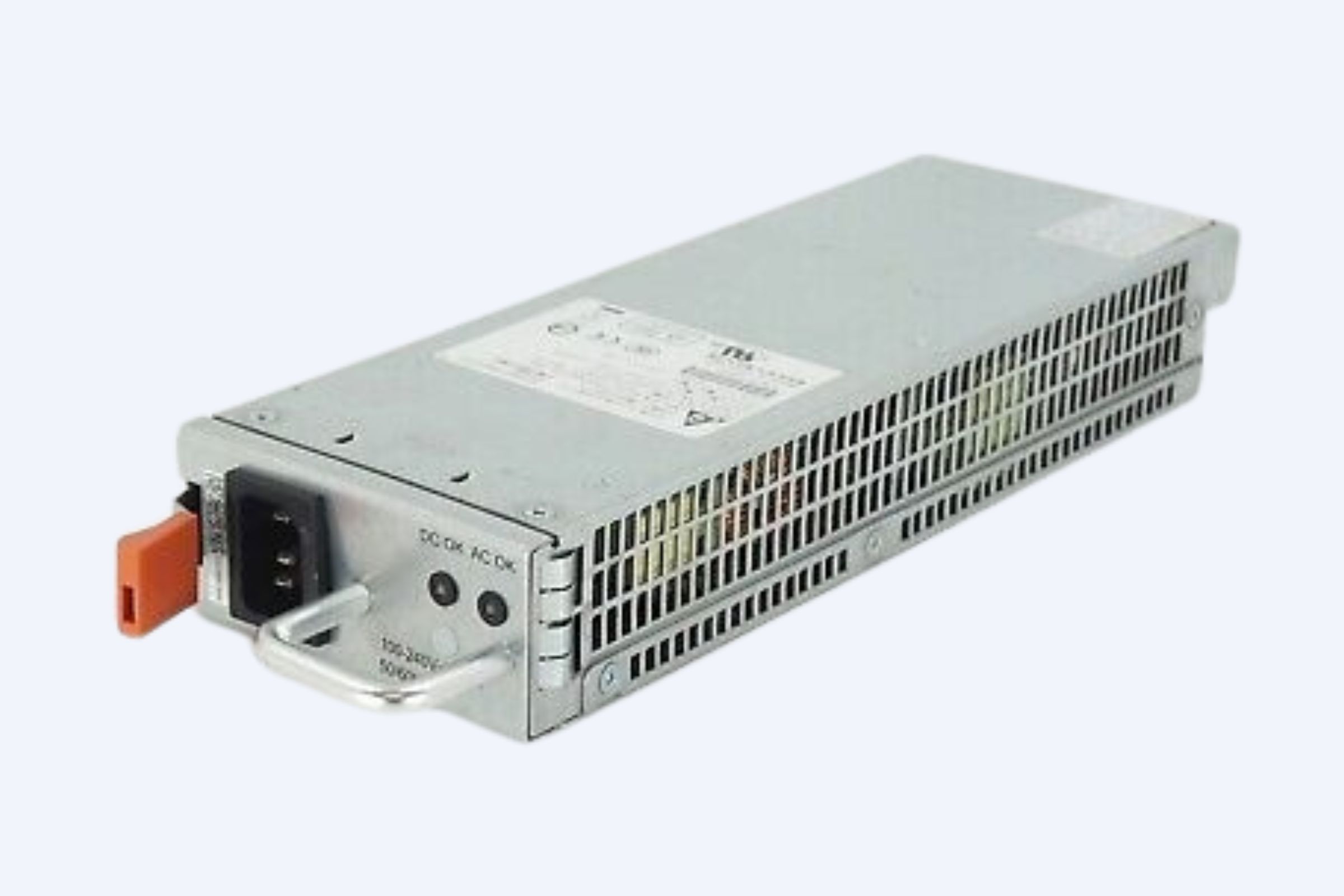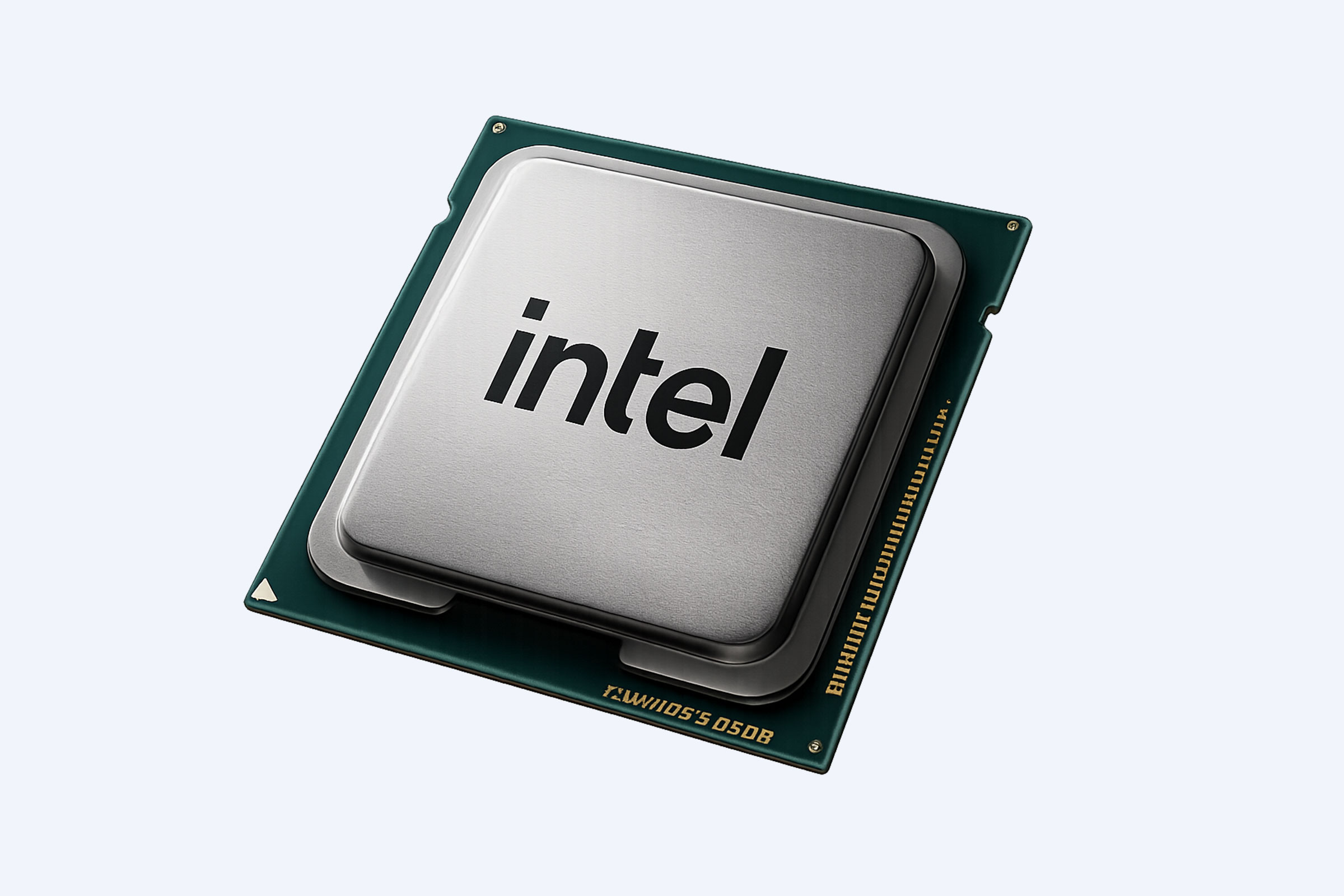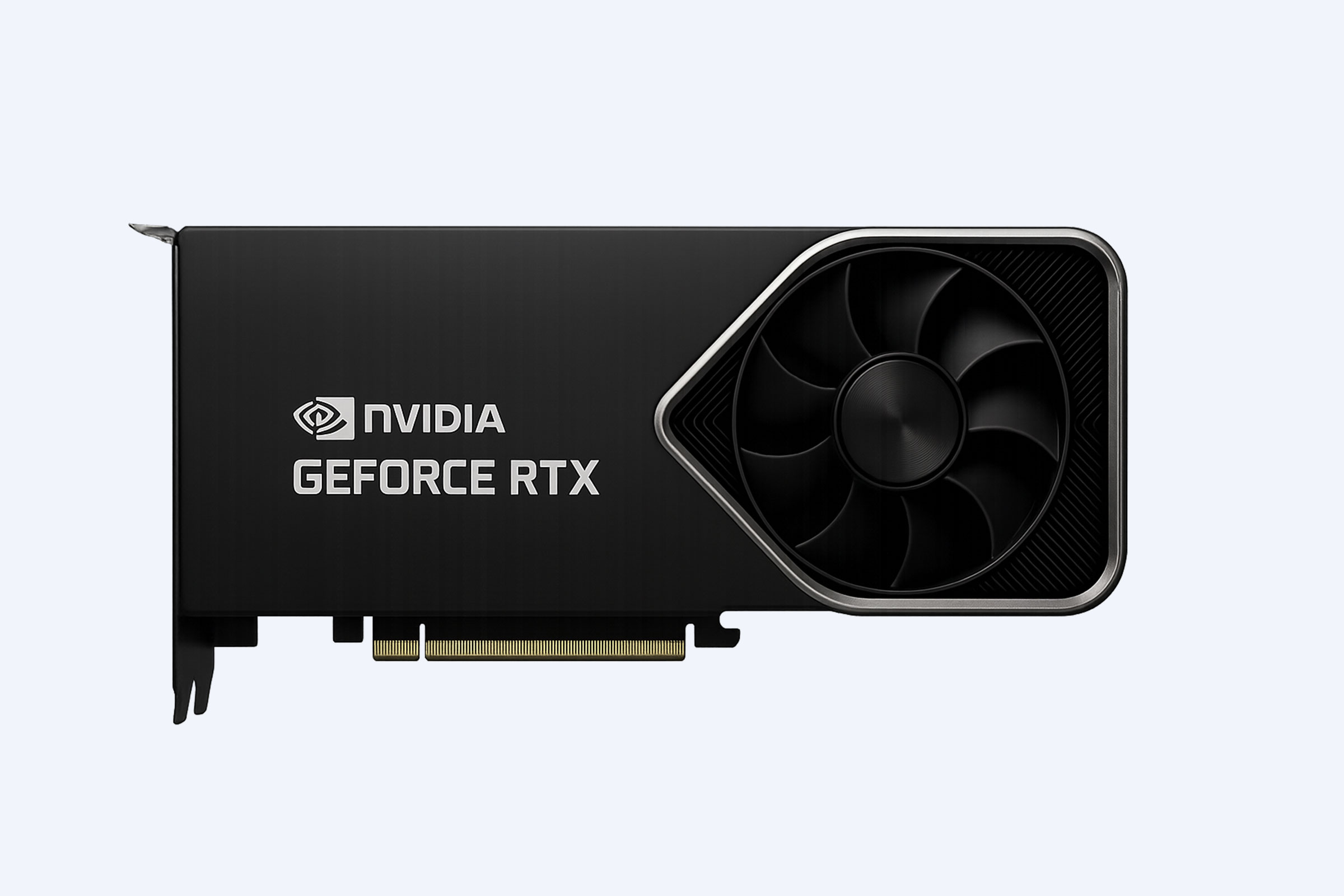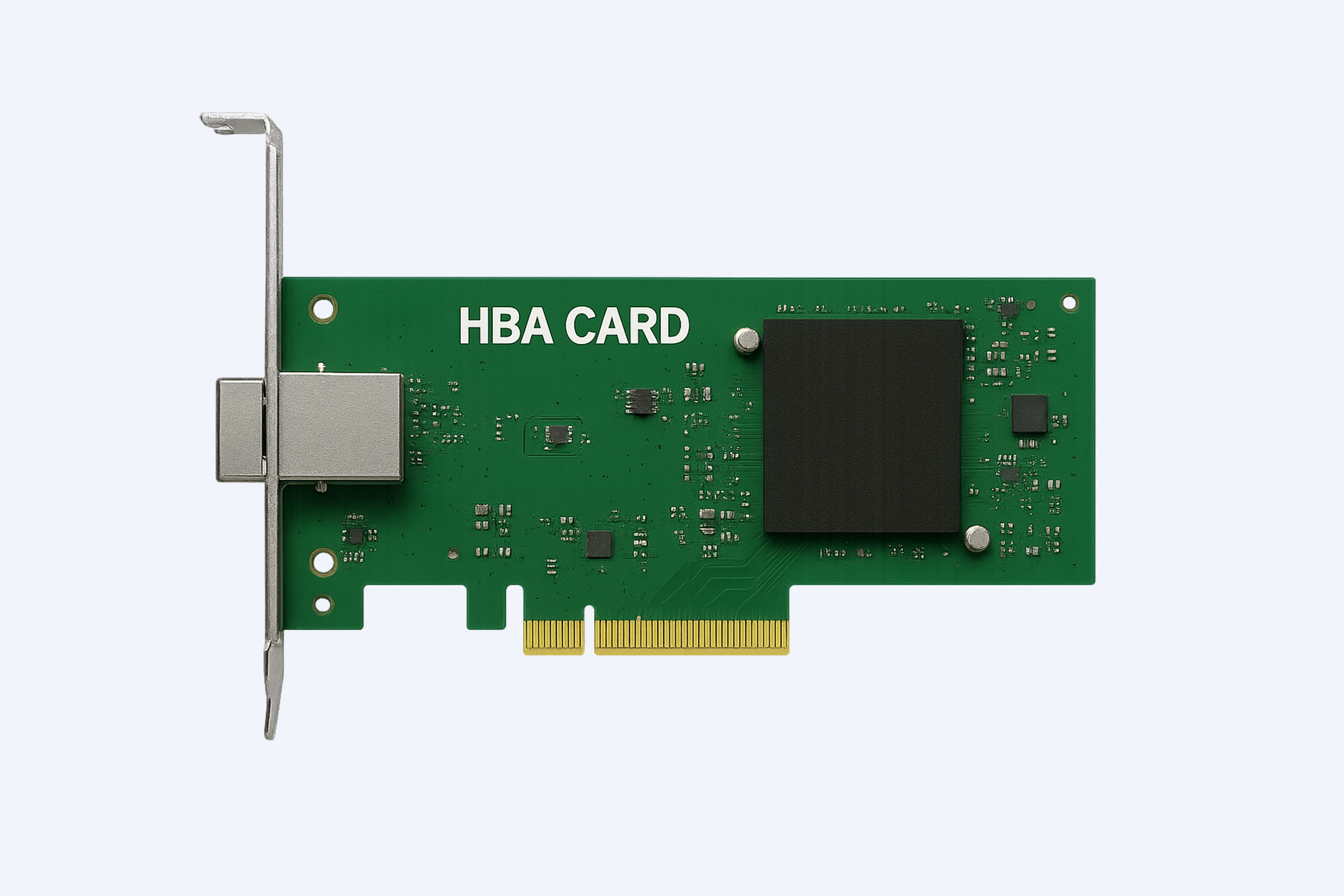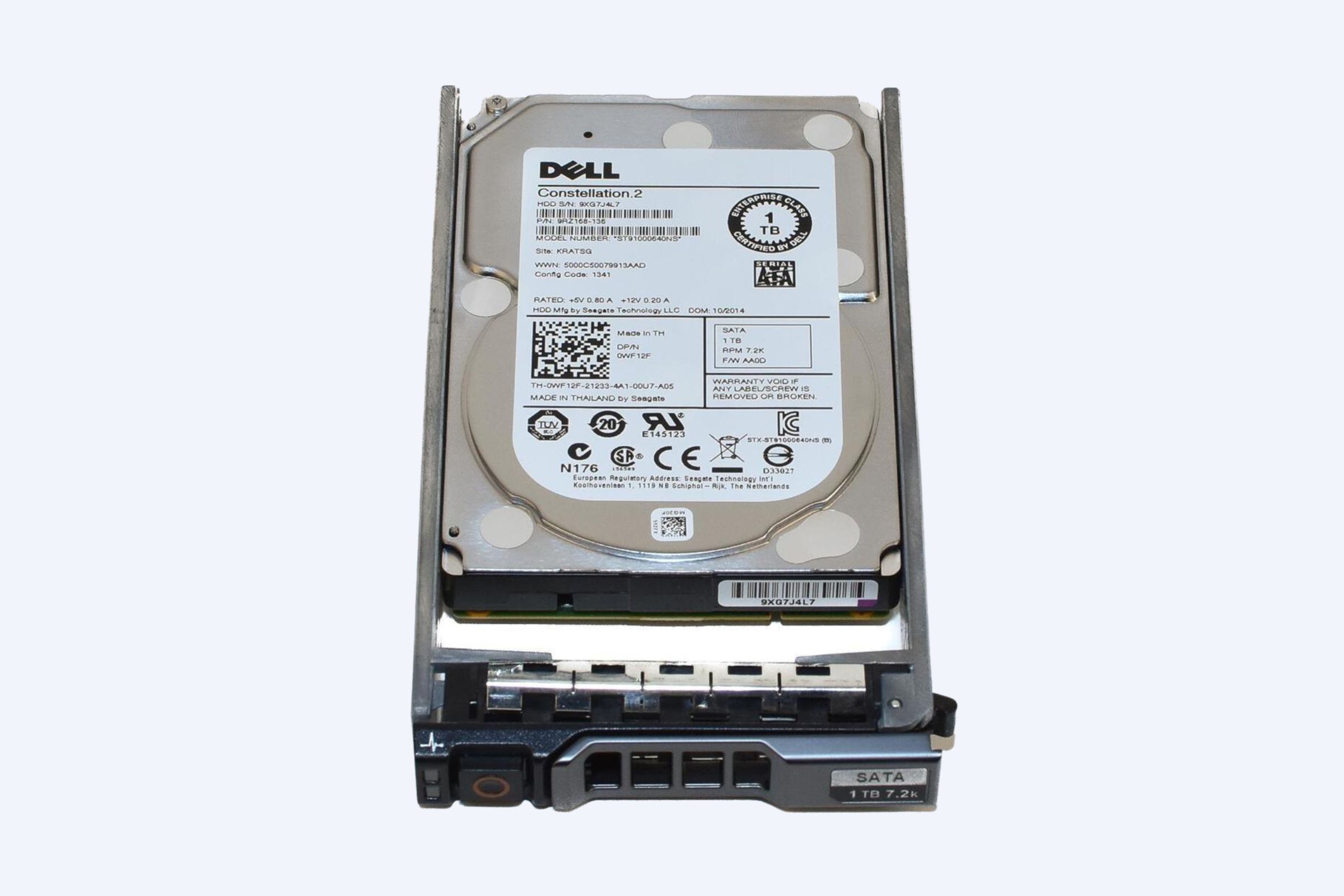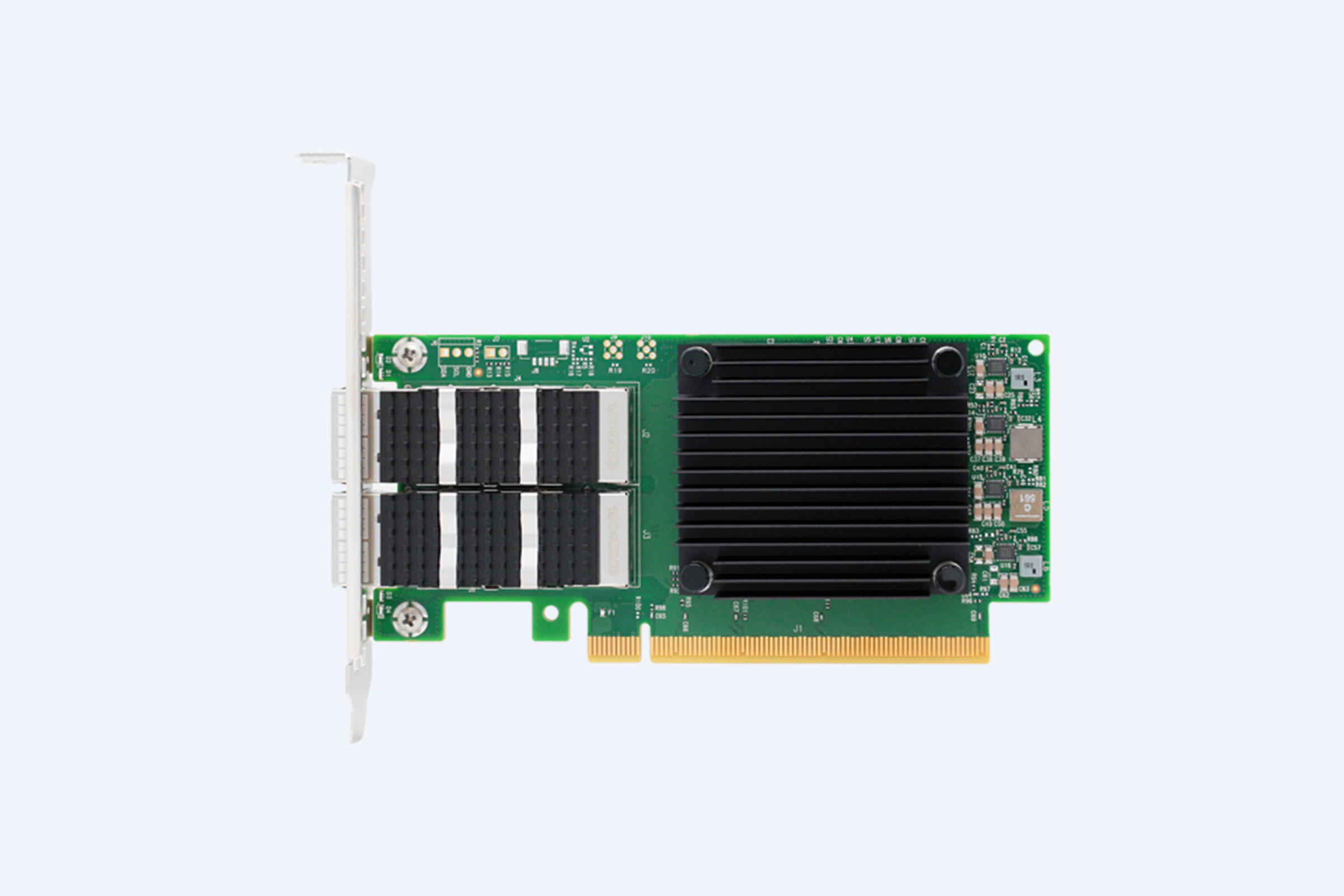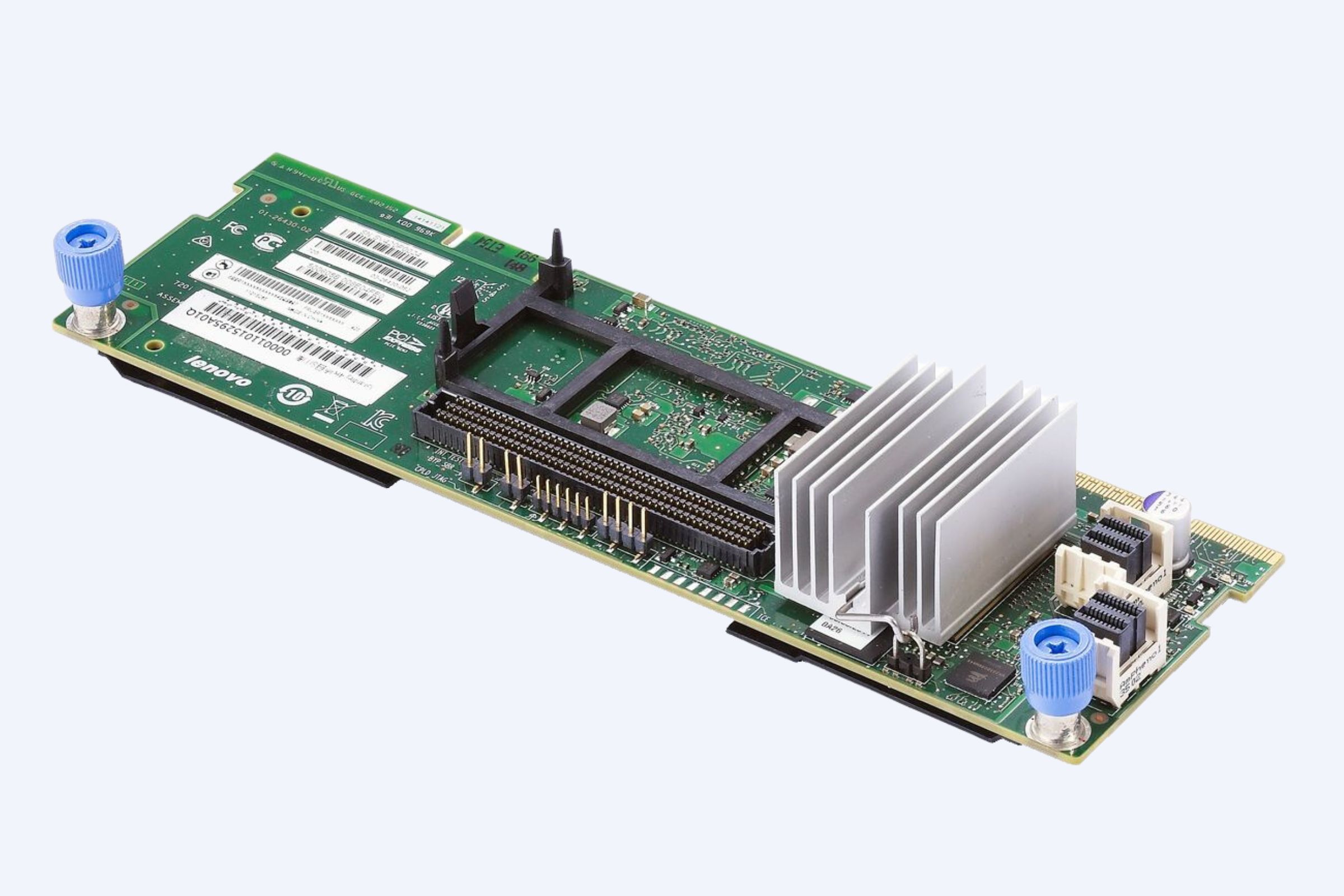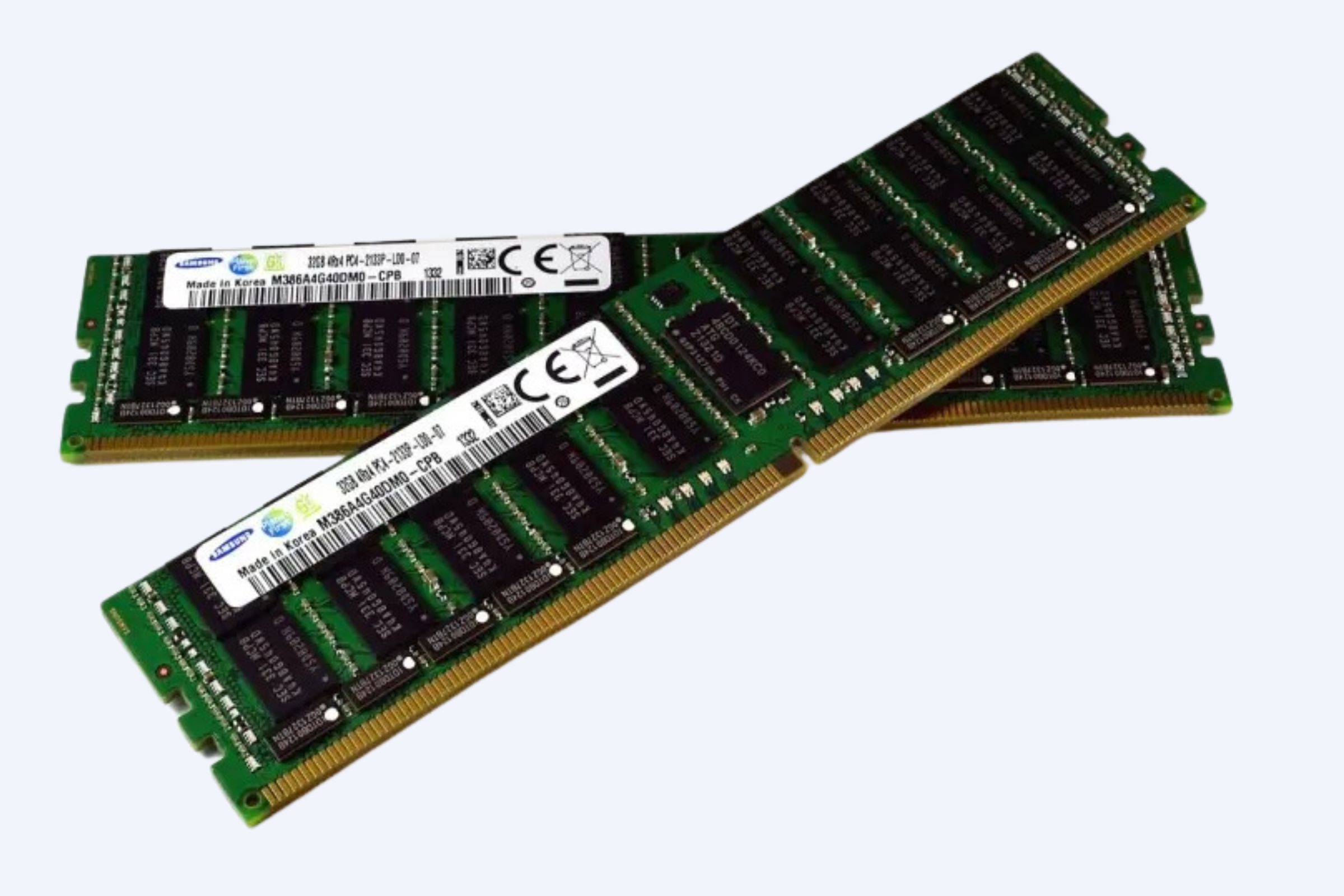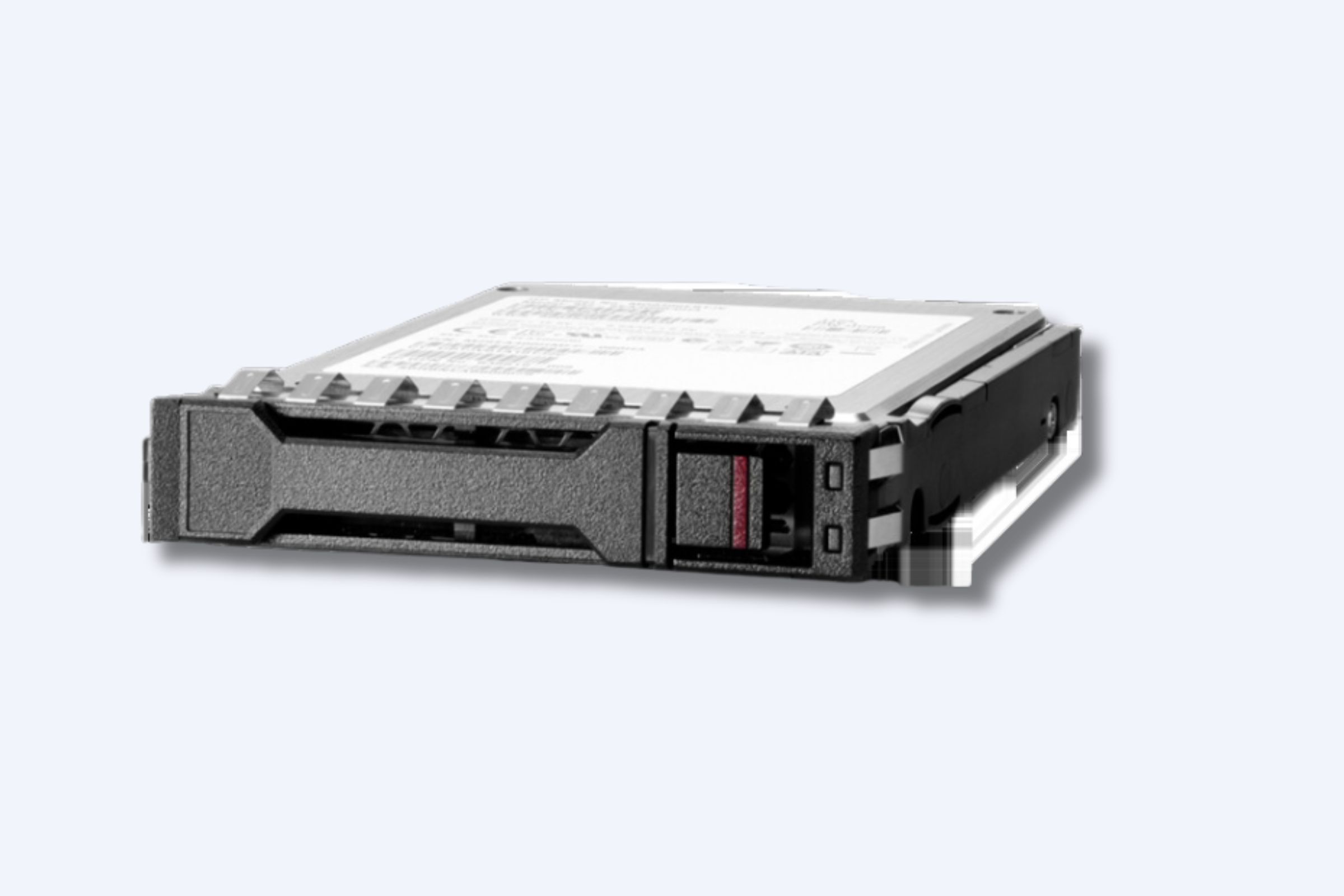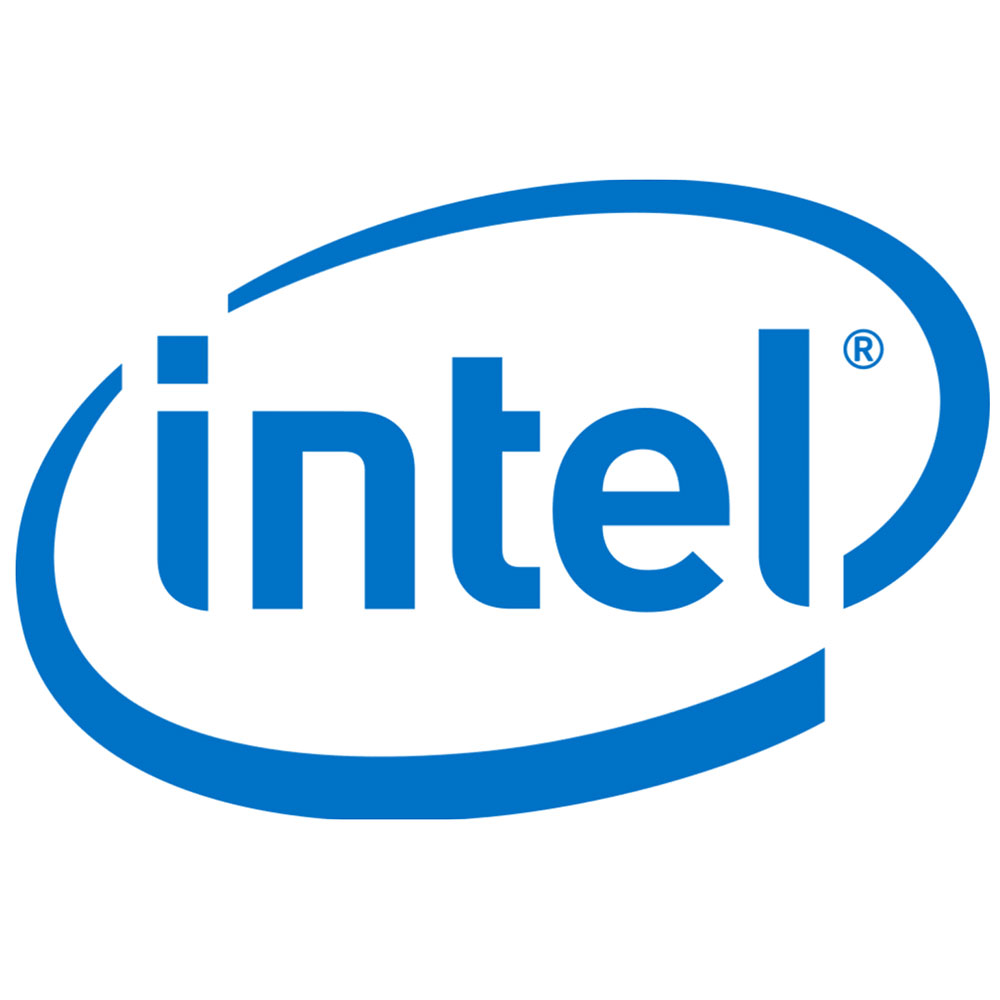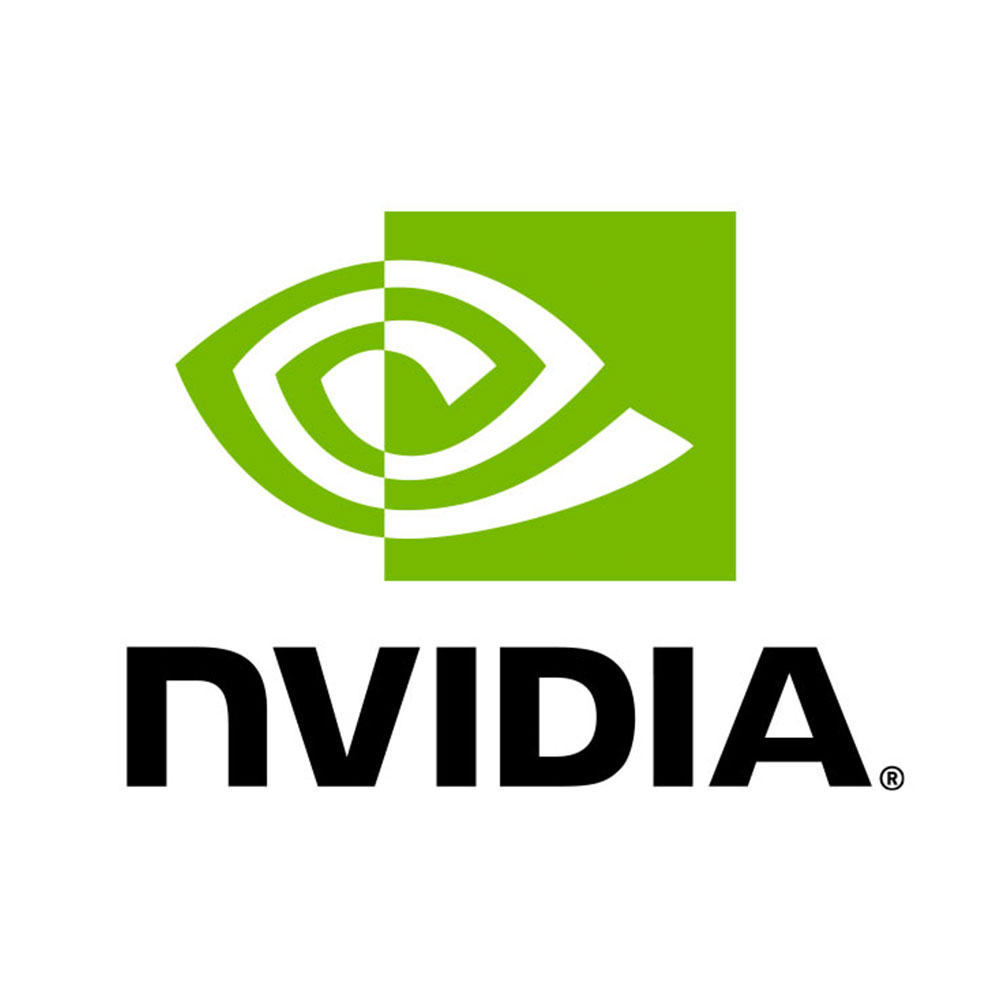Choosing the right UPS ensures uninterrupted operations, protects critical IT equipment, and minimizes data loss. Assess load, runtime, and form factor; prioritize online or line-interactive topologies; verify efficiency, battery chemistry, and warranty; and ensure seamless integration with your IT supplier and authorized agent, such as WECENT, for OEM-ready, enterprise-grade solutions. Choose a UPS that scales with your IT ecosystem.
How do I define the right UPS scope for my data center?
A clear UPS scope begins with mapping all critical devices, including servers, storage, and network gear, and estimating total load in VA/kW. Consider redundancy (N+1 or 2N), required runtime, and growth plans. WECENT, as an authorized agent, can translate your scope into a certified, available solution from leading brands, ensuring compatibility and serviceability.
How to compare UPS topologies for reliability?
Topologies determine how power is conditioned. Online double-conversion provides the highest protection for sensitive loads; line-interactive offers efficiency with good protection for smaller setups; offline/standby is cost-effective for non-critical appliances. WECENT recommends online double-conversion for data centers and mission-critical applications to maximize uptime.
How to size a UPS for servers and storage?
Sizing involves calculating the peak and continuous power of all devices plus margin for future expansion. Use device wattage, factor in power supplies’ efficiency, and add headroom. WECENT specialists assist with precise calculations and supplier-backed warranties to ensure scalable, reliable protection.
How to choose battery chemistry and lifecycle expectations?
Valve-regulated lead-acid (VRLA) is common and economical; lithium iron phosphate (LiFePO4) offers longer life and higher cycle stability but at a higher upfront cost. Evaluate TCO, replacement intervals, and environmental conditions. WECENT can recommend the best chemistry aligned with your data center’s temperature controls and maintenance plan.
How to assess efficiency, heat, and cooling needs?
UPS efficiency affects operating costs and heat load. Look for high-efficiency ratings at varying loads, energy-saving modes, and thermal monitoring capabilities. Plan for adequate cooling capacity to handle the UPS runtime and avoid derating. WECENT provides solutions designed to minimize cooling penalties while maintaining performance.
How to implement a seamless UPS deployment with an IT partner?
Plan includes procurement, rack integration, cabling, testing, and staff training. Ensure firmware consistency, remote monitoring, and escalation processes. WECENT offers end-to-end services—from assessment to installation and ongoing support—as an authorized agent for top brands, delivering turnkey readiness.
What features matter for enterprise-grade UPS from WECENT?
-
End-to-end protection for servers, storage, and networks
-
Redundancy options (N+1, 2N) to meet availability targets
-
Scalable runtime and modular designs
-
Remote monitoring, SNMP compatibility, and secure access
-
OEM and customization services for branded deployments
How does WECENT ensure reliability and warranty support?
WECENT partners with globally certified manufacturers to guarantee original hardware with manufacturer warranties. We provide installation, maintenance, and technical support, ensuring rapid service and serial-number traceability for every unit.
Which brands and products does WECENT offer for UPS?
WECENT is an authorized agent for leading brands including Dell, Huawei, HP, Lenovo, Cisco, and H3C. We supply enterprise-grade UPS solutions that integrate with servers, storage, and switching ecosystems, backed by OEM warranties and tailored configurations.
Why choose a WECENT-supported UPS over consumer-grade options?
Enterprise-grade UPS units provide higher reliability, robust protection for sensitive workloads, longer lifecycles, and scalable runtimes. They come with professional deployment, monitoring, and support from WECENT, ensuring predictable performance and faster MTTR.
When should a UPS be refreshed or upgraded?
Upgrade when runtime, capacity, or technology no longer meets business needs, when battery health monitoring shows increased replacement cycles, or after major IT refreshes. WECENT can conduct a readiness assessment and design a modern upgrade path.
How to plan for monitoring, alerts, and remote management?
Implement centralized monitoring to track voltage, load, battery health, and environmental conditions. Set alert thresholds, automated tests, and predictive maintenance schedules. WECENT’s integration with enterprise management tools ensures unified visibility and rapid response.
How to evaluate total cost of ownership (TCO) for UPS?
TCO considers purchase price, installation, maintenance contracts, battery replacements, and energy costs. High-efficiency units and modular designs can lower ongoing energy spend. WECENT helps quantify TCO and align the solution with budget cycles and financing options.
How to approach OEM and customization with WECENT?
WECENT offers OEM and customization options to align UPS deployments with branded data-center environments, enabling branded, high-performance equipment. This helps wholesalers, system integrators, and brand owners differentiate their offerings while maintaining reliability.
WECENT Expert Views
“Reliable UPS selection is not just about peak capacity; it’s about lifecycle integrity, environmental resilience, and scalable support. WECENT guides clients through a rigorous assessment, ensures OEM-grade quality, and anchors protection with service-led guarantees.”
Feature Tables
| UPS Topology | Best Use Case | Typical Efficiency (at 50–60% load) | Common Drawbacks |
|---|---|---|---|
| Online double-conversion | Data centers, critical workloads | 94–99% | Higher cost, more heat |
| Line-interactive | Small to mid-size offices, less critical | 90–95% | Limited protection during outages |
| Offline/standby | Simple, non-critical devices | 95%+ at low loads | Minimal protection for surge events |
| Battery Chemistry | Key Advantage | When to Choose |
|---|---|---|
| VRLA | Low cost, simple management | Small deployments, moderate runtime needs |
| LiFePO4 | Long life, higher cycle count | Large deployments, long-term TCO focus, higher upfront budget |
Conclusion
Choosing the right UPS is essential for reliable battery backup in an IT environment. Start with a precise scope, select an appropriate topology, and ensure scalable capacity matched to your servers, storage, and network gear. Engage an authorized agent like WECENT to access enterprise-grade units, OEM customization, and comprehensive post-install support. With WECENT, you gain assurance that your UPS system will protect critical workloads, simplify maintenance, and optimize total cost of ownership.
FAQs
-
What is the most resilient UPS topology for data centers? Online double-conversion is the most resilient, providing continuous power conditioning and protection for sensitive equipment.
-
How often should UPS batteries be replaced? Battery replacement timing depends on chemistry and usage but typically every 3–5 years for VRLA and 5–10 years for LiFePO4, with condition-based maintenance.
-
Can I upgrade my existing UPS without downtime? Yes, through phased replacement and modular upgrades often supported by WECENT, minimizing downtime during migration.
-
Does WECENT provide on-site installation? Yes, WECENT offers installation, commissioning, and ongoing technical support as part of enterprise IT solutions.
-
Is lithium-based UPS safer for data centers? LiFePO4 offers longer life and stable performance in many environments, but total cost and compatibility should be evaluated with a WECENT specialist.



